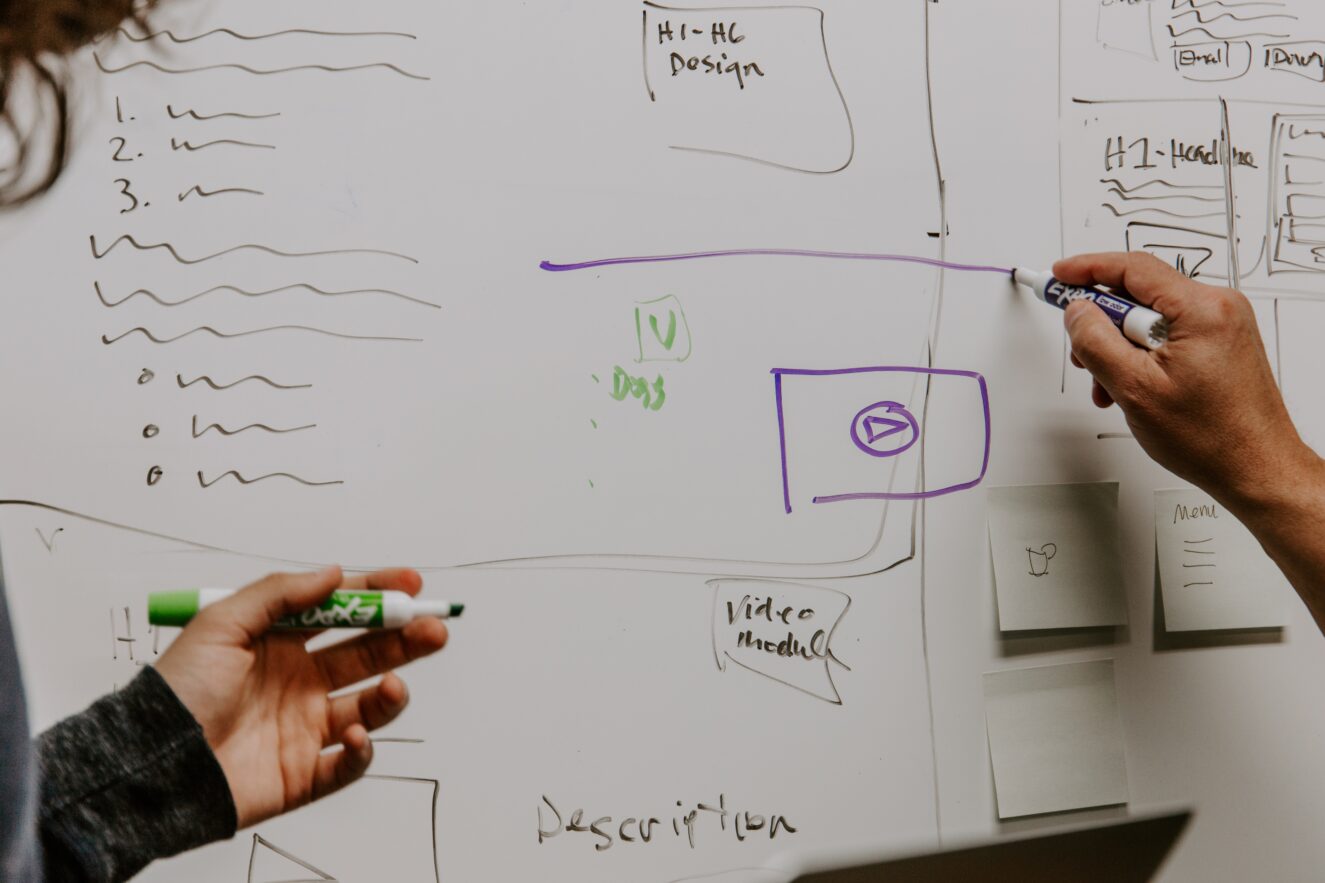
The Ultimate Guide to Effective Content Design for Your Website
Content design is the art and science of creating, organizing, and planning content that resonates with your target audience and achieves your website’s goals. From blog posts to product pages, every piece of content you produce should have a specific purpose and provide value to your visitors.
In today’s digital world, creating high-quality content isn’t enough. To succeed, you need to make sure your content is designed in a way that engages your audience, guides them towards your desired actions, and sets your website apart from the competition.
In this guide, we’ll walk you through the essential steps you need to take to employ content design to your website, and create a well-designed website that effectively communicates your message and meets the needs of your audience.
Identify Your Target Audience
The first step in effective content design is to identify your target audience. Who are the people you’re trying to reach with your website? What are their needs, desires, and pain points? What problems are they looking to solve, and what information are they searching for?
The more you understand your target audience, the better you’ll be able to create content that resonates with them, addresses their needs, and keeps them engaged. Conducting market research, creating buyer personas, and analysing your website’s analytics data can help you gain valuable insights into your audience’s behaviors and preferences.
Determine the Purpose of Your Website
The next step is to determine the purpose of your website. What do you want your website to achieve? What are your primary and secondary goals? What actions do you want your visitors to take?
Your website’s purpose should align with your business objectives and provide value to your target audience. For example, if your goal is to generate leads, your website should feature lead magnets, forms, and clear calls-to-action that encourage visitors to submit their contact information.
Plan Your Content
Once you’ve identified your target audience and defined your website’s purpose, it’s time to plan your content. Based on your research and insights, determine what types of content will be most effective for achieving your goals and engaging your audience.
Your content plan should include topics, formats, and channels that align with your audience’s preferences and behaviors. For example, if your audience prefers visual content, you might want to include more images, videos, and infographics on your website.
Create Your Content
Now it’s time to create your content. Use the information you gathered in the planning phase to create high-quality, relevant content that is tailored to your audience and serves a specific purpose.
When creating your content, keep in mind the principles of effective content design. Use headlines, subheadings, bullet points, and other formatting techniques to make your content easy to scan and read. Use visuals and multimedia elements to break up the text and keep your audience engaged.
Organise Your Content
Organizing your content is just as important as creating it. A well-organized website makes it easy for your visitors to find what they’re looking for, navigate your pages, and engage with your content.
Use a logical and easy-to-navigate structure to organize your content. Use headings and subheadings to create a hierarchy of information, and use clear and descriptive labels for your navigation menus and buttons.
Review and Improve Your Content
Finally, once you’ve created and published your content, it’s important to review and improve it continuously. Use analytics tools to track how your content is performing, and make any necessary changes to improve its effectiveness.
Pay attention to your audience’s feedback, comments, and social media interactions, and use them to refine your content strategy. Test different headlines, formats, and messaging to see what resonates with your audience and drives the desired actions.
Conclusion
Effective content design is essential for creating a website that engages your audience, drives conversions, and achieves your business goals. By following the steps outlined in this guide, you can create a well-designed website that effectively communicates your message and meets the needs of your audience.
Remember, effective content design is an ongoing process that requires continuous evaluation, testing, and improvement. Keep refining your content strategy based on your audience’s feedback and behavior, and stay up-to-date with the latest trends and best practices in content marketing.
With the right content design approach, you can create a website that stands out in the crowded digital landscape, drives traffic and conversions, and builds a loyal audience that keeps coming back for more.
So, start your content design journey today, and take your website to the next level with engaging, relevant, and effective content that resonates with your audience and achieves your goals.





